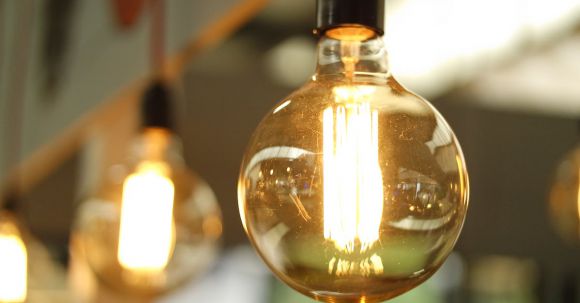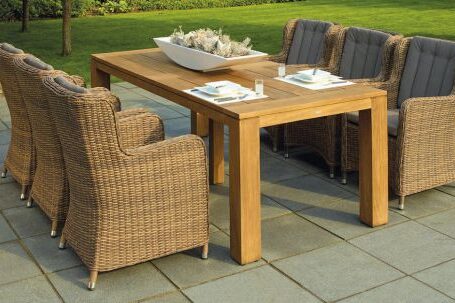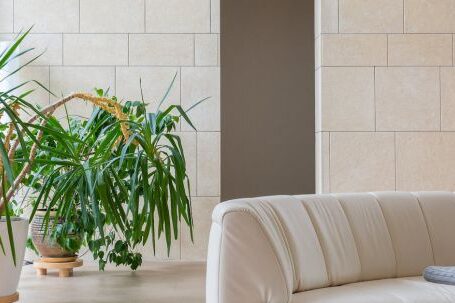In today’s world, where environmental concerns are at the forefront, creating an energy-efficient home is not only beneficial for the planet but also for your wallet. By adopting a few simple changes and implementing energy-saving practices, you can significantly reduce your energy consumption and make a positive impact on the environment. In this article, we will explore some practical tips on how to create an energy-efficient home.
Insulate Your Home
One of the most effective ways to create an energy-efficient home is to ensure that it is properly insulated. Insulation helps to keep your home warm in the winter and cool in the summer, reducing the need for excessive heating or cooling. Insulate your walls, roof, and floors to prevent heat transfer and significantly improve your home’s energy efficiency.
Upgrade to Energy-efficient Appliances
Appliances such as refrigerators, washing machines, and air conditioners consume a significant amount of energy. Consider upgrading to energy-efficient models that have a high Energy Star rating. These appliances are designed to consume less energy while still providing the same functionality. By switching to energy-efficient appliances, you can save on your electricity bills and reduce your carbon footprint.
Install LED Lighting
Traditional incandescent light bulbs are highly inefficient and consume a lot of energy. Replace them with LED light bulbs, which are not only more energy-efficient but also have a longer lifespan. LED bulbs use up to 80% less energy than incandescent bulbs and can last up to 25 times longer. By making this simple switch, you can significantly reduce your energy consumption and save money on lighting costs.
Use Natural Lighting and Ventilation
Take advantage of natural lighting and ventilation to reduce your reliance on artificial lighting and air conditioning. Open curtains and blinds during the day to let in natural light, and consider installing skylights or light tubes to bring in more sunlight. Additionally, use natural ventilation by opening windows and using ceiling fans instead of air conditioners whenever possible. By utilizing these natural resources, you can reduce your energy consumption and create a more comfortable living environment.
Invest in Solar Energy
Solar energy is a renewable and sustainable source of energy that can significantly reduce your reliance on the grid. Consider investing in solar panels to generate electricity for your home. While the initial cost may be high, solar panels can pay for themselves over time through reduced electricity bills. Additionally, some governments offer incentives and tax credits for installing solar panels, making it a more affordable option.
Manage Energy Usage
To create an energy-efficient home, it is essential to be mindful of your energy usage. Turn off lights and appliances when they are not in use, unplug electronics that are not being used, and use power strips to easily turn off multiple devices at once. Invest in a smart thermostat that allows you to control and schedule your heating and cooling settings. By managing your energy usage, you can reduce wasteful consumption and save on energy costs.
Conclusion: Creating an Energy-efficient Home
Creating an energy-efficient home is not as challenging as it may seem. By implementing these simple tips, you can significantly reduce your energy consumption and contribute to a more sustainable future. From insulating your home to upgrading appliances and utilizing natural resources, every small change can make a big difference. So, take the first step towards an energy-efficient home today and start enjoying the benefits for both the planet and your wallet.





